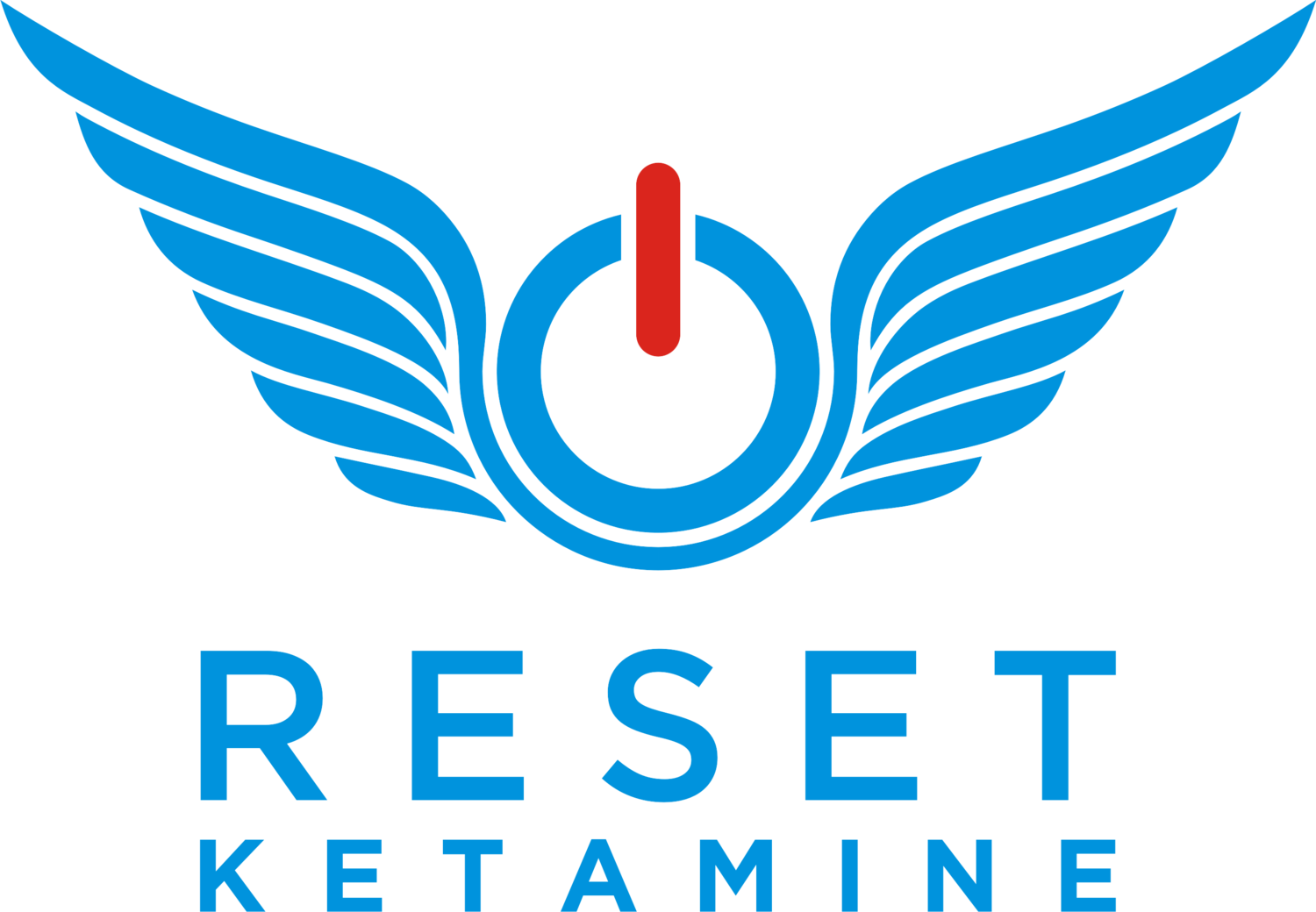There are absolutely times you may need a major intervention, but there are many times when you just need to step back and assess a few simple factors that may play a role in your current mood. Using the HALT acronym will help you assess what needs attention.
Ketamine's Effect in Subtypes of Depression
The diversity of life on earth is extraordinary, therefore the perspectives and experiences we each carry as human beings can be vastly different from each other. In relation to medicine and mental health, researchers at the Affiliated Brain Hospital of Guangzhou Medical University in China recognized that we all have our own biological, environmental, and experiential complexities which prompted them to identify four different subgroups of depression: anxious, melancholic, anxious-melancholic, and no subtype. They then conducted a post-hoc study regarding the association between ketamine and the aforementioned subtypes.
Ketamine's Efficacy and Safety in Anxiety Disorders
Resolution of Panic Disorder, Agoraphobia, and Anxiety with Ketamine: A Case Report
Imagine living a life filled with anxiety and panic attacks so severe that you are not even able to leave your house. In a 2016 case report from the Department of Psychiatry at the University of Utah, they share the story of Ms. A, a 34 year old woman who had been diagnosed with DSM-5 panic disorder, agoraphobia, generalized anxiety disorder (GAD) and major depressive disorder.
6 Tips on Avoiding Ketamine Infusions
You don’t have the time nor money to get infusions, or perhaps you are not ready...whatever your reason is, we get it. As much as we love educating about ketamine and providing ketamine infusions, we’d love a world so healthy that we wouldn’t need to be in business.
However, the reality is there are a lot of people hurting, and we are honored to help them. But back to you all who aren’t ready or don’t ever want to find themselves in a ketamine clinic - here are 6 strategies to help you avoid getting a ketamine infusions:
Theta Brain Waves & the Anti-Anxiety Effects of Ketamine
According to a study published in the International Journal of Neuropsychopharmacology in 2018, specific brain waves are related to the anti-anxiety effects of ketamine. The brain waves involved in this function are called theta waves, found in the right frontal area of the brain. Ketamine can treat a wide variety of neurotic disorders, such as depression, generalized anxiety disorder, and PTSD, but researchers do not conclusively understand how ketamine works to relieve the symptoms of these disorders.
Ketamine for Treatment-Refractory Anxiety and Social Anxiety Disorder
Ketamine as a rapid antidepressant has been replicated in numerous studies. More recently, ketamine has been shown to help patients with obsessive compulsive disorder, post-traumatic stress disorder and treatment-refractory anxiety disorder (TRA disorder). However, some patients reported a recurrence of depressive or anxiety symptoms after a single treatment. This recurrence of symptoms leads to the question: How long can patients’ symptoms improve with repeated ketamine dosing in anxiety?
Ketamine Infusion Protocol: Twice a Week or Three Times a Week?
Ketamine infusions are at the frontier of treating depression, anxiety, PTSD, OCD, and pain disorders. And just like the pioneers of the Wild West, ketamine physicians are also trailblazers. Ketamine infusionists create their protocols based on studies and the responses of their patients to treatment. Since ketamine is still a relatively new treatment, researchers are still investigating the optimal dose and frequency.
How Ketamine Makes Your Brain “Re-Grow”
Imagine a lush green forest, filled with many trees with numerous branches. Now, imagine the opposite. The same trees, but instead brown and with branches falling off. These trees are now dying out. This forest is now sparse due to repeated fires, harsh weather, and pollution. The forest is functioning below what it could, and producing less oxygen and food for the creatures it protects.










